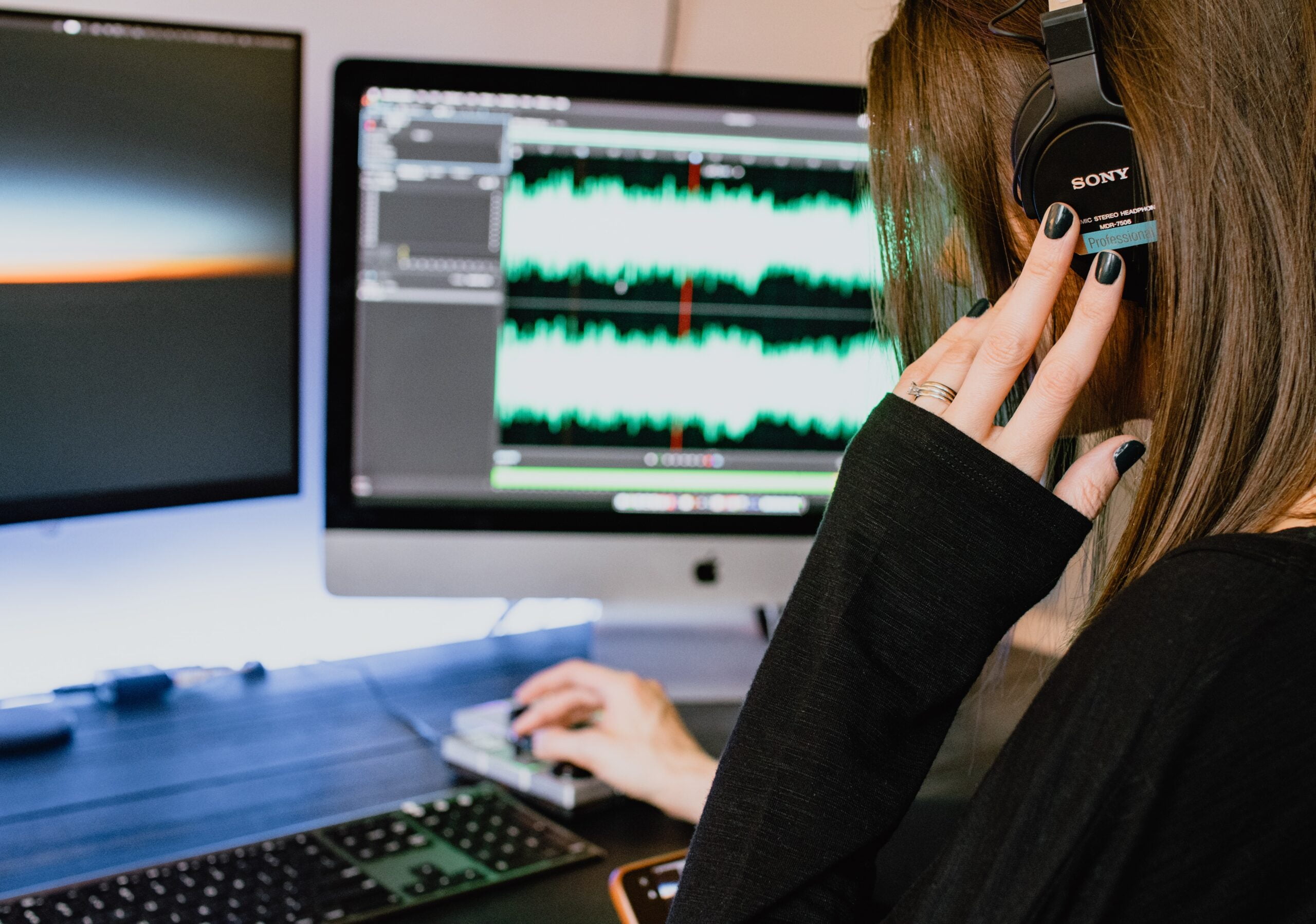- Introduction to Editing Music for Choreography
- Understanding the Dynamics of Music Editing
- Selecting the Perfect Music for Choreography
- Basic Music Editing Techniques
- Advanced Music Editing Techniques
- Tips for Syncing Music with Choreography
- Common Mistakes to Avoid in Music Editing for Choreography
- Final Thoughts and Conclusion
Introduction to Editing Music for Choreography
Welcome to the world of music editing for choreography! In this article, we will explore the art of seamlessly blending music and dance to create captivating performances. Whether you are a professional choreographer or an aspiring dancer, understanding the fundamentals of music editing is essential for enhancing the impact of your choreography.
Understanding the Dynamics of Music Editing
Before we dive into the technical aspects, let's take a moment to grasp the importance of music editing in choreography.
Music editing involves manipulating a song to fit the specific needs of a dance routine. It allows choreographers to create seamless transitions, build dramatic tension, and emphasize key moments in the performance. Effective music editing can elevate a routine from good to extraordinary, capturing the attention and emotions of the audience.Selecting the Perfect Music for Choreography
The right music choice sets the tone and energy for your choreography.
When selecting music, consider the style of dance, the mood you want to convey, and the story you aim to tell. Look for tracks that have distinct musical elements and a clear structure, as this will make the editing process smoother. Don't be afraid to think outside the box and experiment with different genres and tempos to find the perfect match for your choreography.Basic Music Editing Techniques
Now, let's delve into some fundamental music editing techniques that will help you enhance your choreography.
One of the basic techniques is cutting the music to the desired length. This involves removing unnecessary sections, such as intros or outros, to create a precise and concise soundtrack for your routine. Additionally, you can use fades, loops, and crossfades to create smooth transitions between different sections of the music, allowing your choreography to flow seamlessly from one movement to another.Advanced Music Editing Techniques
For those seeking to take their music editing skills to the next level, here are some advanced techniques to explore.
One technique is beat-matching, which involves synchronizing the choreography with the rhythm of the music. This creates a visually appealing and synchronized performance that captivates the audience. Another technique is remixing, where you can add your own creative touch by altering the structure, tempo, or instrumentation of the original track. This can bring a unique and personalized feel to your choreography.Tips for Syncing Music with Choreography
Syncing music with choreography is crucial for a cohesive and impactful performance.
To achieve synchronization, carefully analyze the musical elements, such as the beat, melody, and lyrics, and align them with the movements and dynamics of your choreography. It's important to maintain a balance between highlighting the music and showcasing the dance, ensuring that both elements complement each other harmoniously.Common Mistakes to Avoid in Music Editing for Choreography
As you embark on your music editing journey, be aware of these common mistakes to avoid.
Firstly, avoid abrupt cuts or transitions that disrupt the flow of the performance. Smooth and seamless edits are key to maintaining the audience's engagement. Secondly, be mindful of volume levels, ensuring that the music doesn't overpower the dancers or vice versa. Lastly, double-check for any technical glitches or errors before the final performance, as these can detract from the overall impact of your choreography.Final Thoughts and Conclusion
In conclusion, music editing plays a vital role in enhancing the power and beauty of choreography. By understanding the dynamics of music editing, selecting the perfect tracks, and implementing various techniques, you can elevate your performances to new heights. Remember to experiment, trust your instincts, and let your creativity shine through your music editing for choreography. Happy dancing!
And that wraps up our extensive blog on editing music for choreography. We hope you found this article insightful and informative. Now it's your turn to put these techniques into practice and create mesmerizing performances that leave a lasting impression.
